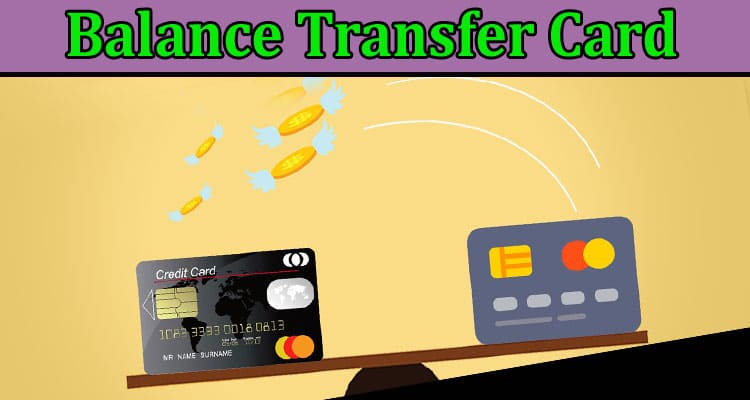In the vast and often bewildering landscape of financial tools, balance transfer cards emerge as a unique species, offering both allure and caution. Much like a chameleon, these cards can adapt to serve your financial needs, yet they require a keen understanding to be used effectively. This article explores the nuanced terrain of balance transfer cards, balancing their benefits against their potential pitfalls, and juxtaposing them against the backdrop of debt consolidation programs.
The Genesis: Understanding Balance Transfer Cards
A Conduit to Debt Consolidation Programs
Before delving into the pros and cons, it’s essential to understand how balance transfer cards fit into the broader narrative of debt management. They often serve as an introduction or alternative to more formal debt consolidation programs. By transferring existing high-interest debt to a card with a lower interest rate, they provide a temporary reprieve, much like a debt consolidation program, but with a different set of rules and implications.
The Pros: A Financial Lifeline
Saving Grace in Interest and Fees
The primary advantage of a balance transfer card lies in its potential to save you money on interest. Transferring debt from a high-interest card to one with a lower or 0% introductory APR s akin to moving from stormy financial seas into calmer waters, at least temporarily. This respite can be crucial in regaining control over spiraling debt.
Consolidation for Simplicity
Another significant benefit is the consolidation of multiple debts. Managing one payment, as opposed to several, can simplify your financial narrative, reducing the complexity and stress associated with juggling multiple debts. It’s the financial equivalent of organizing a cluttered room, bringing clarity and ease to the space.
The Cons: Hidden Perils
The Siren Song of Overspending
A major drawback of balance transfer cards is the potential for overspending. The initial relief of lower interest rates can be misleading, tempting you to accumulate more debt. This is the siren song of balance transfer cards – an alluring melody that can lead to financial ruin if not approached with discipline.
The Cliff of Introductory Periods
The introductory period of low or no interest is finite, often ending after 12 to 18 months. Post this period, interest rates can skyrocket. This is akin to climbing a financial cliff; it’s essential to have a plan to either pay off the balance or transfer it again before reaching the precipice.
Fee Structures: A Hidden Maze
Balance transfer fees, often 3-5% of the transferred amount, can erode the benefits of transferring balances. Navigating these fees requires careful calculation to ensure that the cost of the transfer does not outweigh the interest savings.
Weighing the Balance: Is It Right for You?
A Tailored Financial Garment
Deciding whether a balance transfer card is right for you requires a bespoke approach, much like tailoring a garment to fit. It depends on your unique financial situation, your ability to pay off the balance within the introductory period, and your discipline in not accruing additional debt.
Conclusion: Navigating the Balance Transfer Terrain
In conclusion, balance transfer cards, much like a double-edged sword, offer both potential benefits and risks. They can be a powerful tool in your debt management arsenal if used with caution and foresight. However, they demand a high level of financial discipline and planning. Like any financial decision, the key lies in understanding your own financial story, the landscape of your debts, and the rules of the balance transfer game. With this knowledge, you can navigate the terrain of balance transfer cards to potentially find a path to smoother financial waters.

